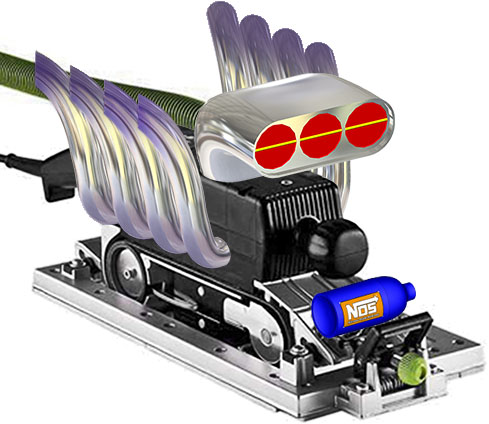Greetings and Happy Holidays Festoolians-
I have a basic question about sanding face frames flush.... so I thought I'd see how you pros do it.
When I assemble a face frame, I do my best to keep things flush on the show side, but inevitably things are off a little bit.
Usually I hand sand with 80-grit to level the rails, and accepting any cross-grain scratches that appear in the stiles.
Then I hand-sand the stiles to remove the cross-grain scratches, avoiding the rails.
Then random-orbit sand the entire surface, going through the grits.
FWIW I have an ETS125 available as well as an ancient hand-held belt sander.
Any suggestions or feedback on a better way to do it would be appreciated!
-Tom in SoCal
I have a basic question about sanding face frames flush.... so I thought I'd see how you pros do it.
When I assemble a face frame, I do my best to keep things flush on the show side, but inevitably things are off a little bit.
Usually I hand sand with 80-grit to level the rails, and accepting any cross-grain scratches that appear in the stiles.
Then I hand-sand the stiles to remove the cross-grain scratches, avoiding the rails.
Then random-orbit sand the entire surface, going through the grits.
FWIW I have an ETS125 available as well as an ancient hand-held belt sander.
Any suggestions or feedback on a better way to do it would be appreciated!
-Tom in SoCal




